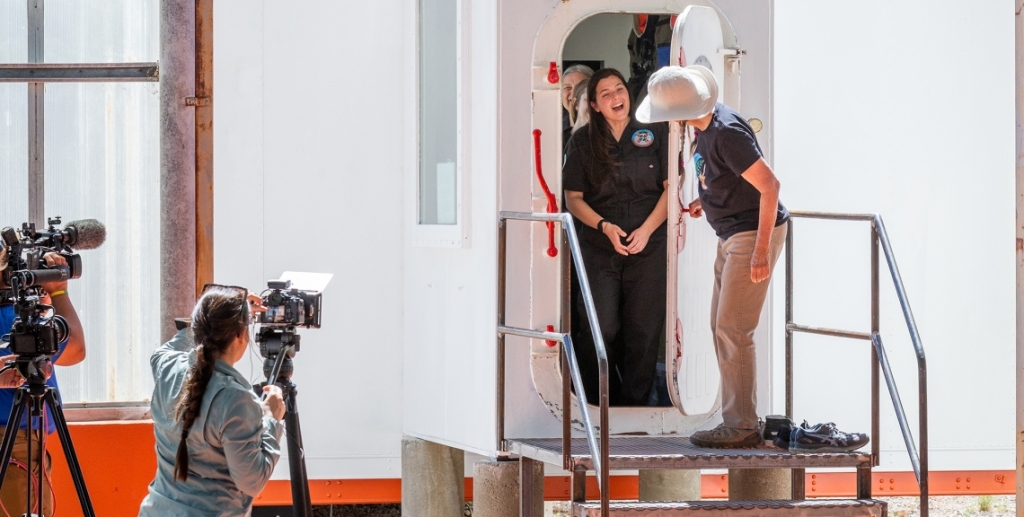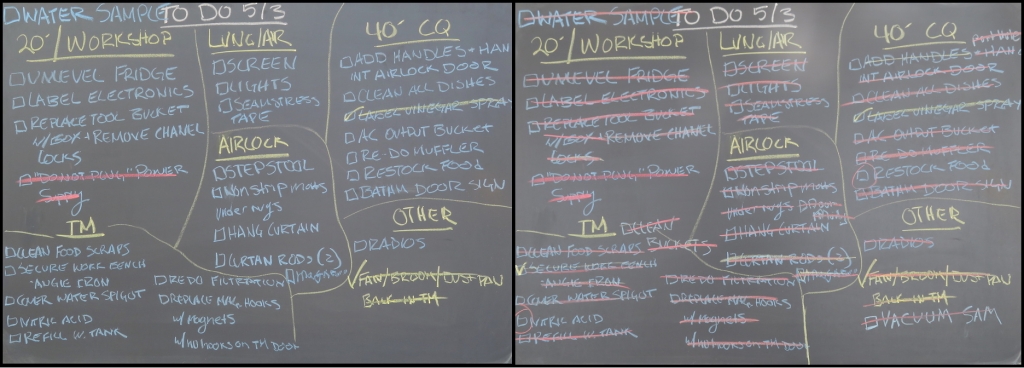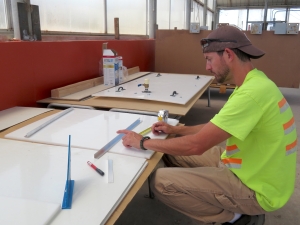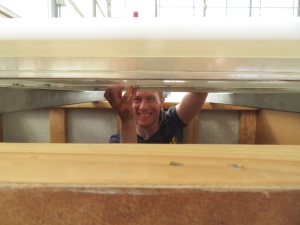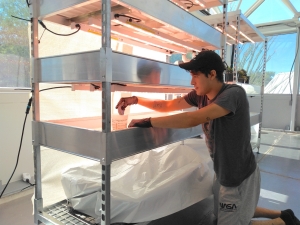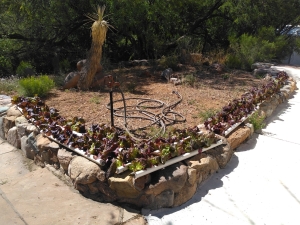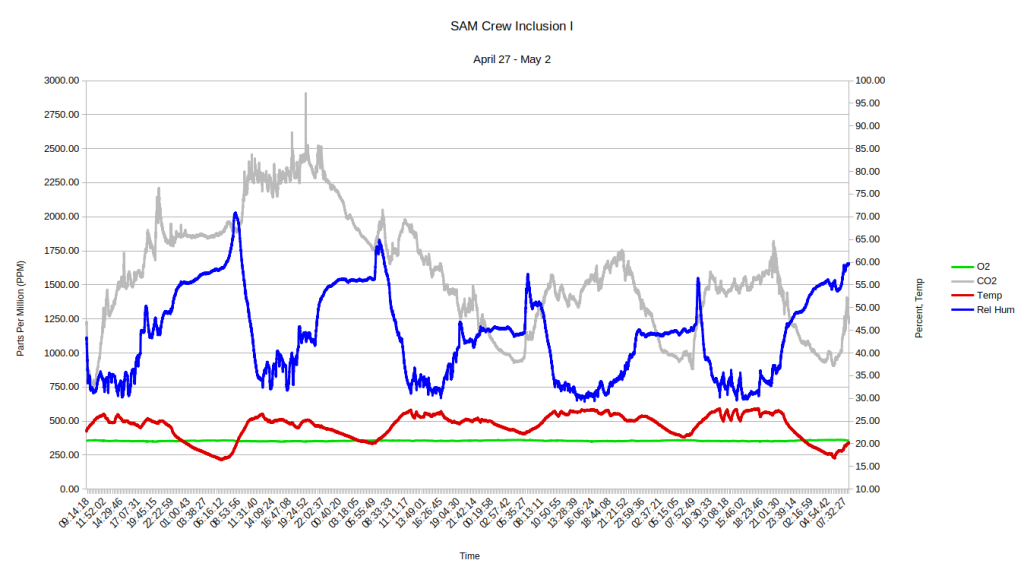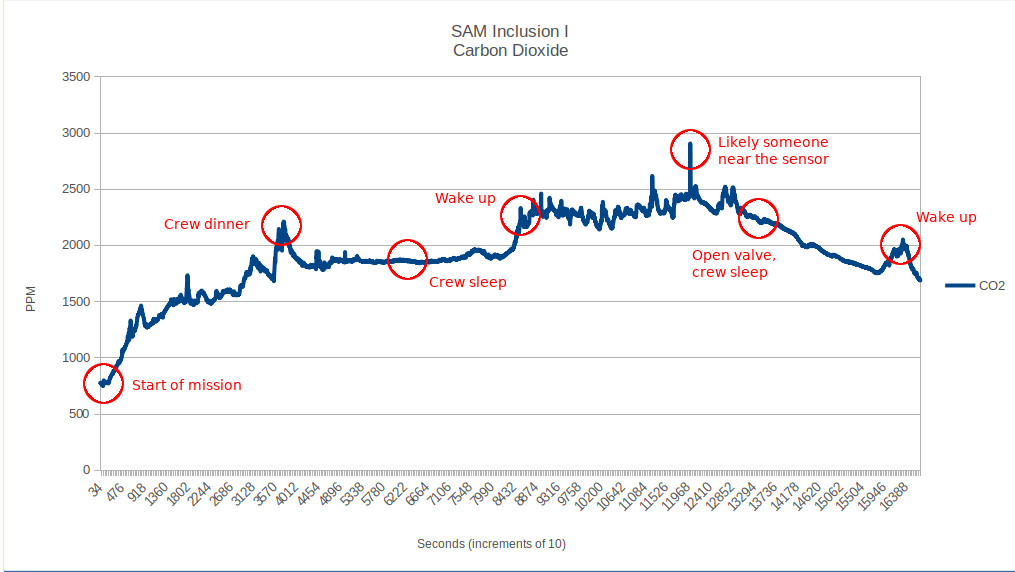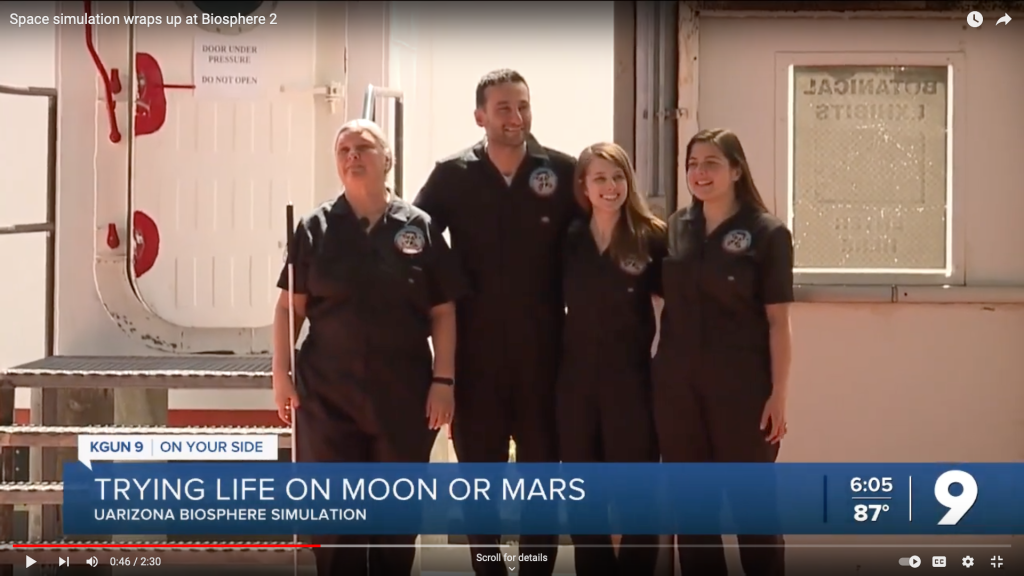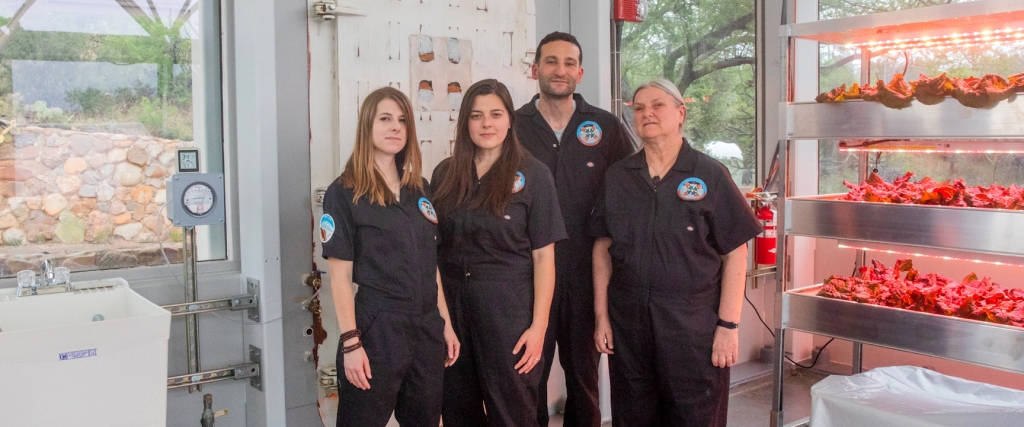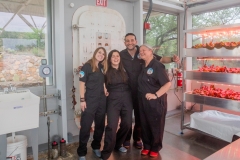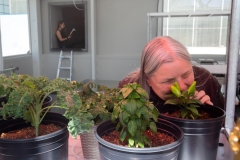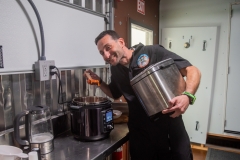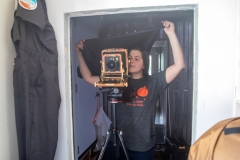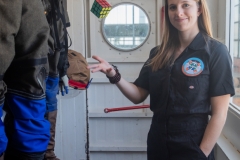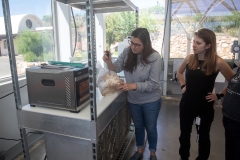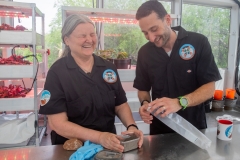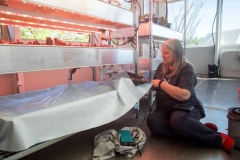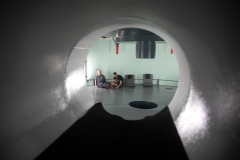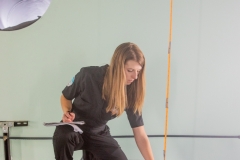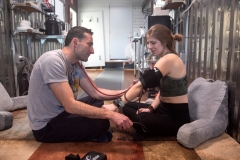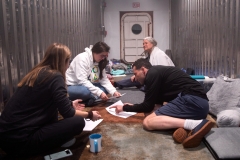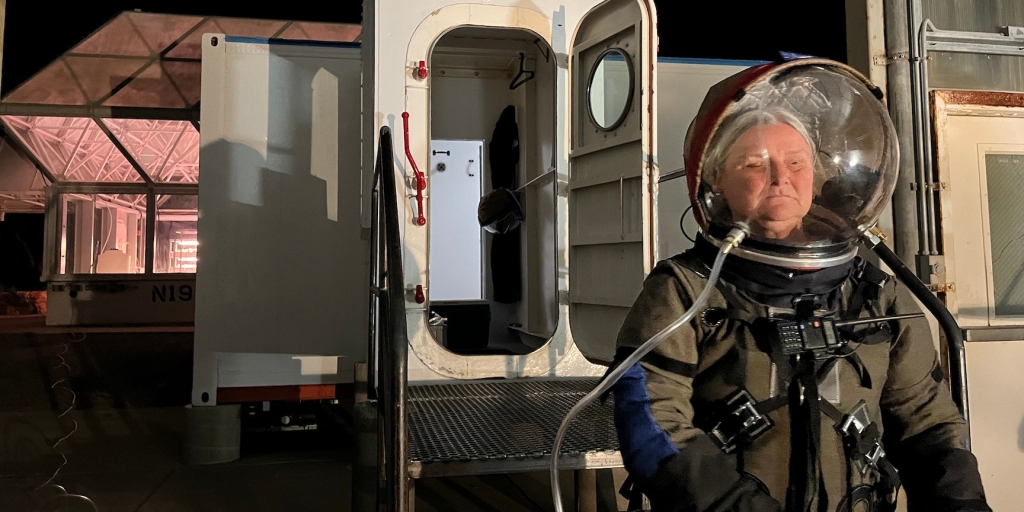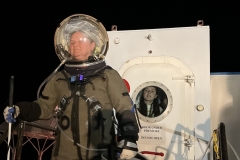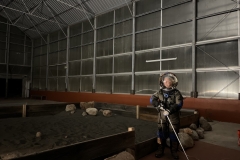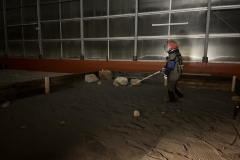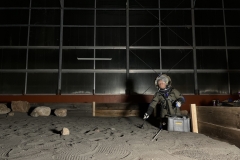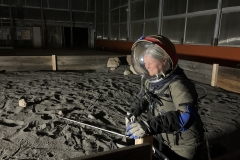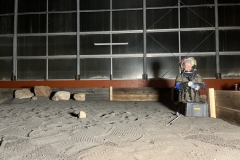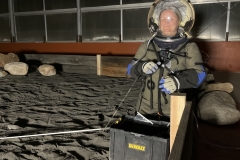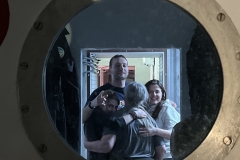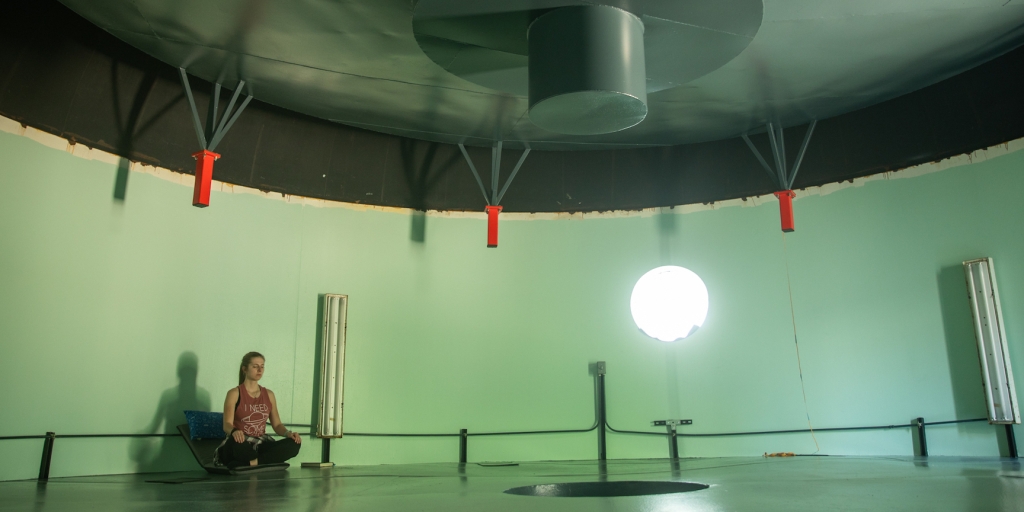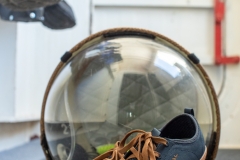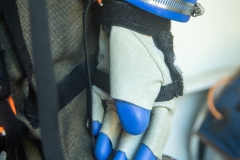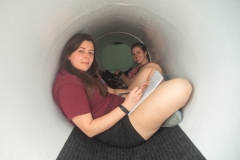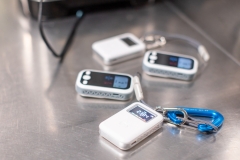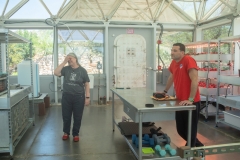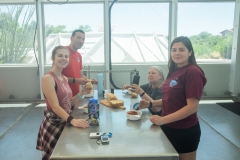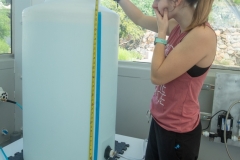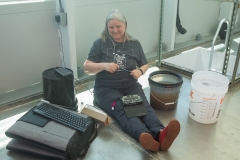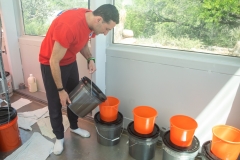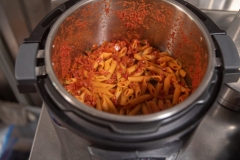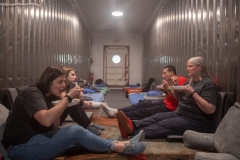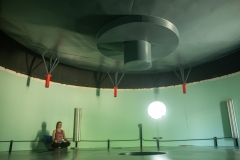Analog Astronaut Conference 2023 concludes
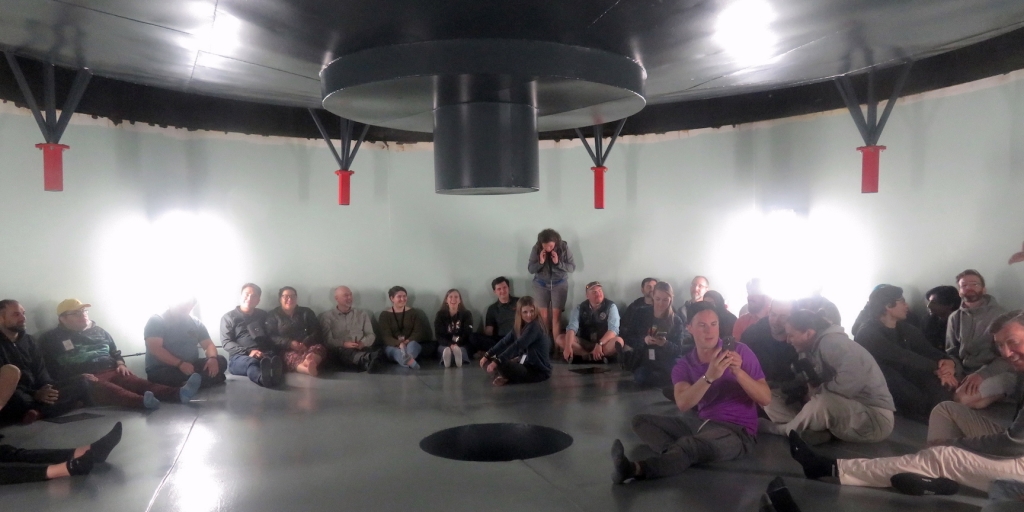
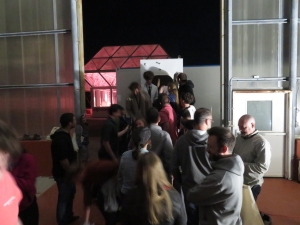 There are those things that if planned would not likely have worked nearly as well as they did when implemented last minute. Such was the case with the night tour of SAM. The majority of the Analog Astronaut Conference 2023 participants arrived in the SAM Mars yard at roughly 9:30 pm, eager for a comparison to the previous year in which SAM was little more of a skeleton of its current form.
There are those things that if planned would not likely have worked nearly as well as they did when implemented last minute. Such was the case with the night tour of SAM. The majority of the Analog Astronaut Conference 2023 participants arrived in the SAM Mars yard at roughly 9:30 pm, eager for a comparison to the previous year in which SAM was little more of a skeleton of its current form.
The SAM crew opened the entire facility to a shoes-off tour of the completed Phase I facility, including (last minute decision applied) a full pressurization of the habitat with some thirty folks sealed inside. Once settled in the lung, they took advantage of the unique acoustic space with harmonic chanting, and were then audience to our very own Dr. Sean Gellenbeck who is not only a PhD aerospace engineer but a choir member as well. He shared his talent with humble approach, bringing tears and applause in those seated in the lower SAM pressure vessel.
But there remained another 45 folks in the Mars yard, waiting to get in! Instead of depressurizing we moved those inside out, and those outside in through the fully functional airlock, six people at a time. It was, quite simply, incredible. Every six person group that emerged was met with applause and those who entered crawled the length of the tunnel, down into the lung for another acoustic experience.
Thank you everyone for bringing your sense of adventure and beautiful voices to SAM!


